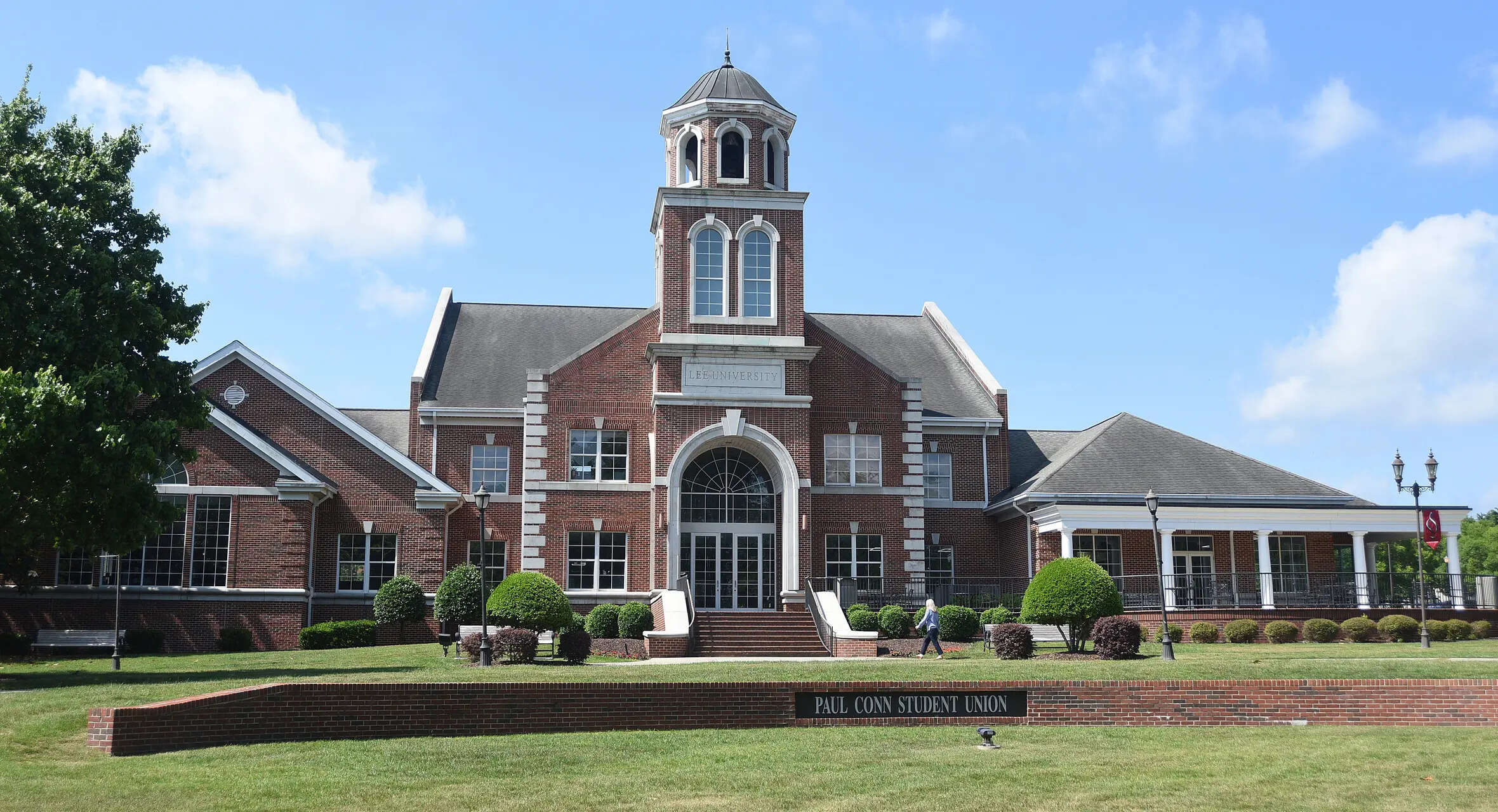
Shrinking international enrolment is triggering a financial avalanche at Ontario colleges, ETEducation

Ontario’s public colleges are confronting a financial crisis as international student numbers decline sharply, a situation that threatens to reshape postsecondary education across the province. Reports prepared for the Ontario government by consulting firms KPMG and Deloitte, and obtained by The Globe and Mail, outline the steep revenue losses facing two colleges in particular: Loyalist College in Belleville and Northern College in Timmins. Between 2025 and 2030, Loyalist could see revenues fall by up to 60%, while Northern’s income may drop by roughly 35% if decisive measures are not taken.
A reliance on international students
For years, Ontario colleges have leaned heavily on international student fees to bridge funding gaps. Provincial funding for postsecondary institutions has declined over the past decade, while a tuition freeze for domestic students introduced in 2019 limited revenue from local enrolments, according to The Globe and Mail. The surge of international students had allowed colleges to expand programs and staff, often using the additional revenue to support courses that were otherwise loss-making.
Northern College, which operates campuses across Timmins, Haileybury, Kirkland Lake, and Moosonee, relied on international students for 60% of its full-time enrolment. In 2023-24, fees from these students contributed nearly $30 million to the college’s budget, sustaining business programs that accounted for half of all international enrolments, according to KPMG’s 200-page report. Loyalist College experienced a similar trend, with international students representing 84% of enrolment in its business programs during the same period, according to Deloitte.
Policy changes and the cascading effects
The sudden decline is tied to federal policy adjustments. Starting in 2024, Canada capped the number of student visas issued, a move intended to moderate population growth amid rising housing costs. Non-degree business programs became ineligible for postgraduation work permits in November 2024, disincentivizing international students from enrolling in courses that had previously guaranteed multi-year work opportunities. The Globe and Mail reports that first-semester international enrolments fell by 48% across 23 of 24 public colleges between September 2023 and September 2024.The impact has been immediate. Northern College could see its international fee revenue plummet to $8.6 million by 2027-28, while Loyalist has already suspended 24 programs, cut 20% of its workforce, and closed its Toronto campus. Deloitte projects that Loyalist’s deficit could grow to $41 million without further reductions, and even with cuts, the college may remain $30 million in the red by 2030. Northern faces an $8 million deficit under similar circumstances.
Cost-cutting measures and strategic decisions
Both KPMG and Deloitte have recommended aggressive cost containment. Suggested measures include program suspensions, staff reductions, and the sale or lease of underutilized campus assets. For Northern, selling or leasing the Kirkland Lake and Moosonee campuses could generate $1.3 million in operational savings, while program reductions could help recover financial stability over time. At Loyalist, the initial cuts could save $26 million immediately, with additional reductions advised in subsequent years.
Labour tensions and broader implications
The financial strain has intensified labour disputes. According to The Globe and Mail, close to 10,000 college faculty and staff have faced layoffs or anticipate job losses due to declining international enrolments. Thousands of full-time support staff went on strike last week, demanding guarantees against further layoffs and campus closures over the next three years. The College Employer Council has described these demands as unreasonable, highlighting the tension between financial sustainability and labour security.
Ontario’s public colleges now face an uncertain future. Shrinking international enrolment has triggered an avalanche that extends beyond budget spreadsheets, forcing institutions to re-evaluate their programming, staffing, and growth strategies. As federal policies continue to reshape the postsecondary landscape, the province’s colleges must navigate a difficult balance between financial viability and their mandate to serve students.
Source link



